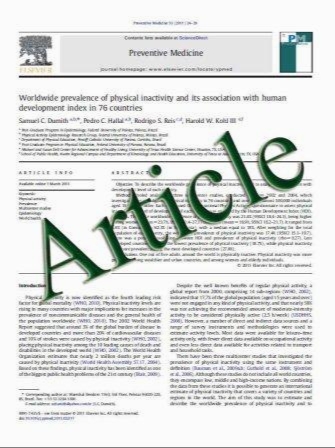Adjustable Intragastric Balloons: A 12-Month Pilot Trial in Endoscopic Weight Loss Management
- نوع فایل : کتاب
- زبان : انگلیسی
- مؤلف : Evzen Machytka & Pavel Klvana & Asher Kornbluth & Steven Peikin & Lisbeth E. M. Mathus-Vliegen & Christopher Gostout & Gontrand Lopez-Nava & Scott S
- چاپ و سال / کشور: 2011
Description
Intragastric balloons are associated with (1) early period intolerance, (2) diminished effect within 3–4 months, and (3) bowel obstruction risk mandating removal at 6 months. The introduction of an adjustable balloon could improve comfort and offer greater efficacy. A migration prevention function, safely enabling prolonged implantation, could improve efficacy and weight maintenance postextraction. The first implantations of an adjustable balloon with an attached migration prevention anchor are reported. The primary endpoint was the absence of bowel perforation, obstruction, or hemorrhage. Eighteen patients with mean BMI of 37.3 were implanted with the Spatz Adjustable Balloon system (ABS) for 12 months. Balloon volumes were adjusted for intolerance or weight loss plateau. Mean weight loss at 24 weeks was 15.6 kg with 26.4% EWL (percent of excess weight loss) and 24.4 kg with 48.8% EWL at 52 weeks. Sixteen adjustments were successfully performed. Six downward adjustments alleviated intolerance, yielding additional mean weight loss of 4.6 kg. Ten upward adjustments for weight loss plateau yielded a mean additional weight loss of 7 kg. Seven balloons were removed prematurely. Complications necessitating early removal included valve malfunction (1), gastritis (1), Mallory–Weiss tear (1), NSAID (2× dose/ 2 weeks) perforating ulcer (1), and balloon deflation (1). Two incidents of catheter shear from the chain: one passed uneventfully and one caused an esophageal laceration without perforation during extraction. The Spatz ABS has been successfully implanted in 18 patients. (1) Upward adjustments yielded additional weight loss. (2) Downward adjustments alleviated intolerance, with continued weight loss. (3) Preliminary 1-year implantation results are encouraging.
OBES SURG DOI 10.1007/s11695-011-0424-z


